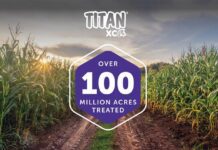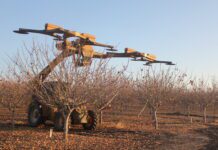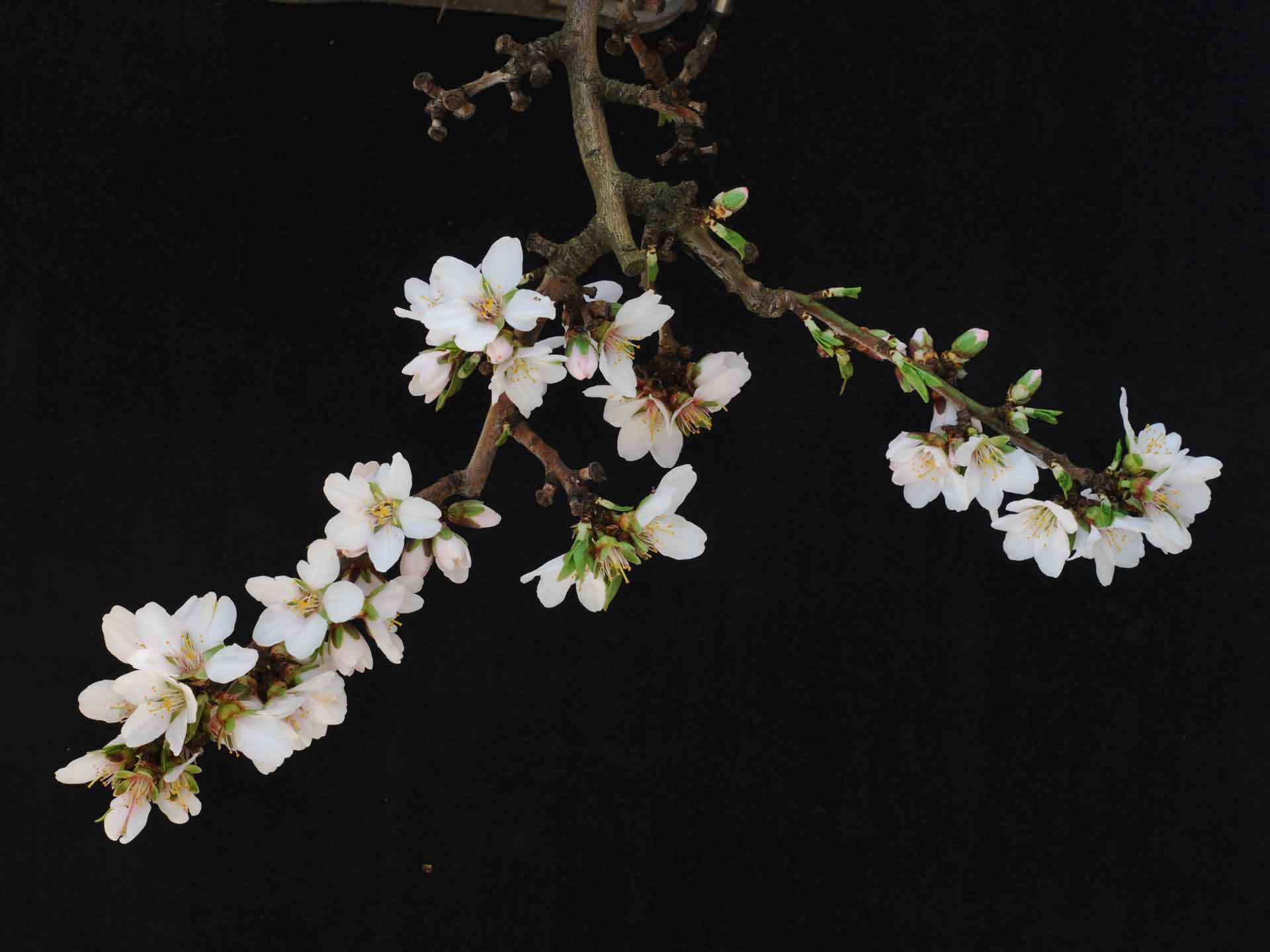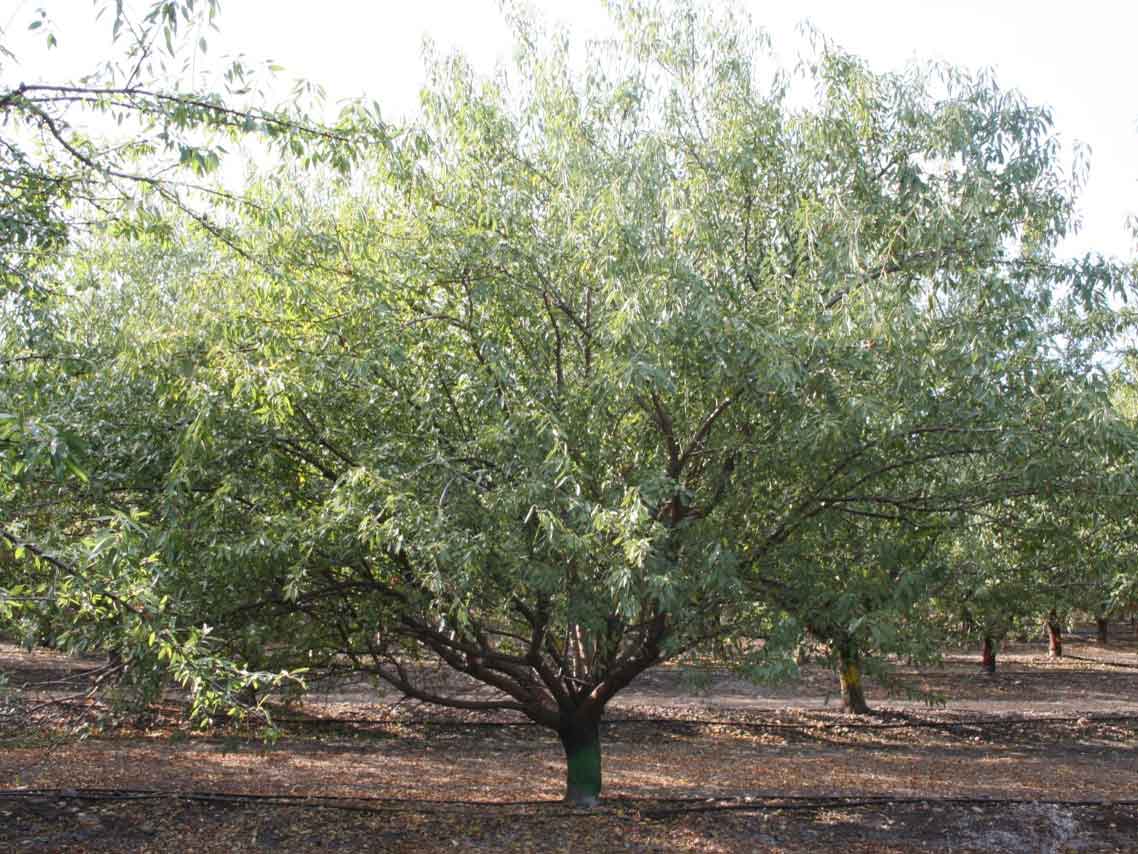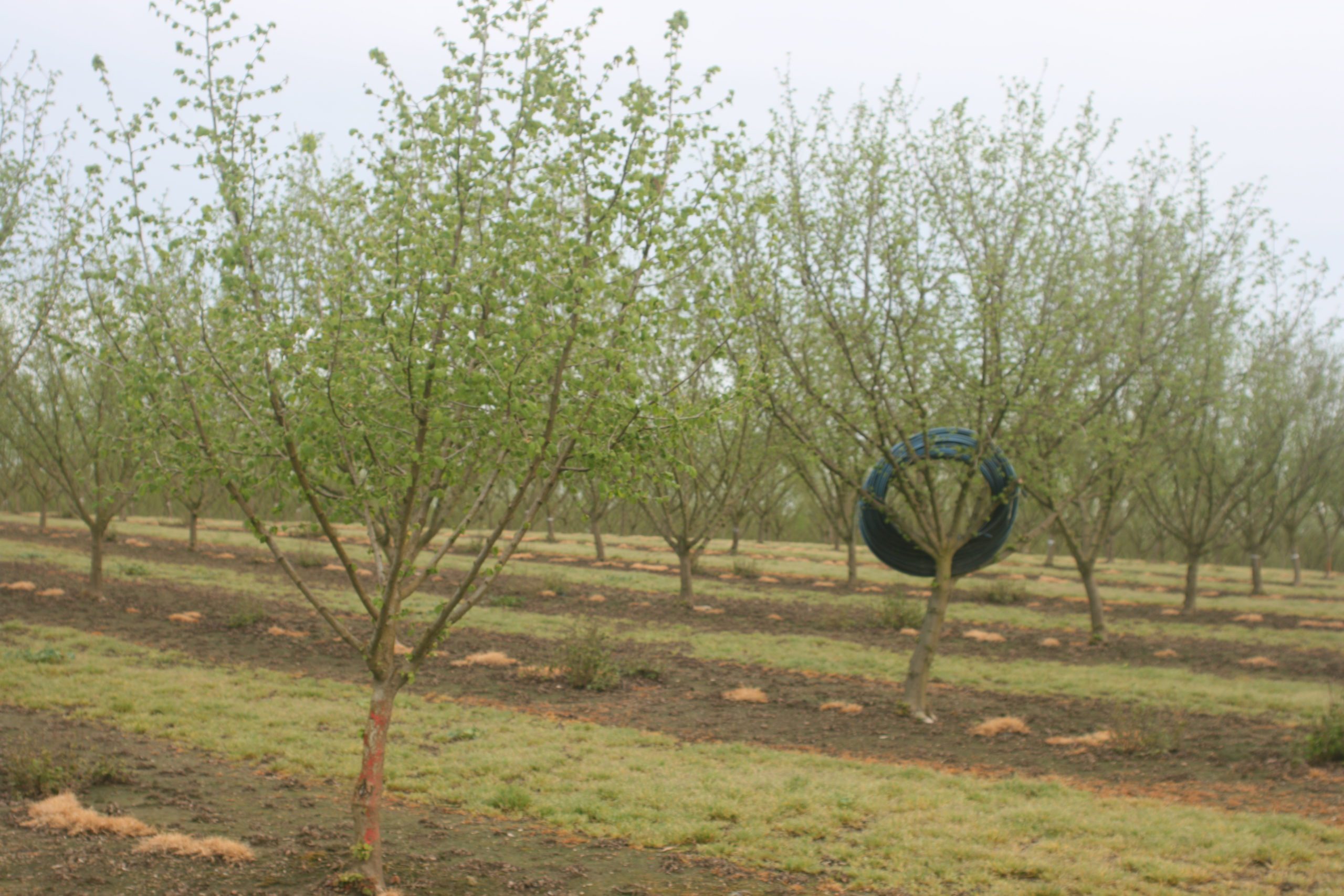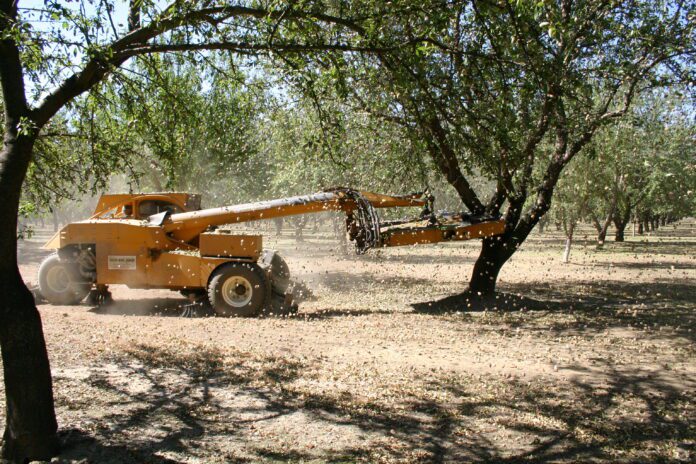
California’s Cap-and-Trade program is a market-based system designed to reduce greenhouse gas emissions by setting a statewide emissions cap and allowing companies to buy and sell allowances as needed. This program has been shaping farm-related costs, including fuel, electricity and equipment, and is expected to continue doing so in the years ahead. While its primary goal is reducing emissions, tree nut growers should understand how it affects everyday orchard operations.
Where It Affects Profit and Loss (P&L)
Carbon pricing is built into diesel and gasoline, adding cents per gallon. Irrigation pumping costs rise slightly because of Cap-and-Trade charges on utilities. The need to replace older tractors, sprayers and pumps is increasing, with Tier 4 engines and zero-emission models encouraged. Compliance also adds time and potential consulting costs because of paperwork and reporting tied to incentive programs.
Reducing Costs and Seizing Opportunities
Growers can ease fuel-related costs by adopting more efficient field practices, such as optimizing spray schedules, using GPS-guided equipment to reduce passes and sharing equipment with neighbors during peak harvest. These changes help cut fuel use and extend machinery life.
Power costs, especially for irrigation, can add up quickly. Installing variable frequency drives on pumps, irrigating during off-peak hours or investing in solar projects can help reduce utility bills. Some utility rebates can be combined with state incentives to lower upfront costs.
Although upgrading equipment is expensive, incentive programs funded by Cap-and-Trade can cover 60% to 80% of the cost. Planning is important. Growers should align purchases with application windows and work closely with air districts to maximize support. Newer Tier 4 machines offer lower fuel use and less downtime, which often pays off over time.
The paperwork involved in these programs can be time-consuming, but working with county air districts, equipment dealers or consultants can ease the process. Industry groups often provide resources and reminders to help growers secure available funding.
While Cap-and-Trade adds new line items to the P&L, it also brings opportunities for cost sharing, improved efficiency and long-term sustainability. With careful planning, tree nut growers can manage these changes in ways that support both their operations and the environment.
For a more in-depth look at Cap-and-Trade and reauthorizing the program, check out Western Tree Nut Association President Roger Isom’s article in the upcoming September edition of West Coast Nut, in mailboxes and at wcngg.com.





